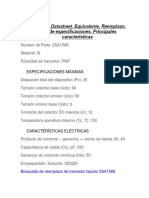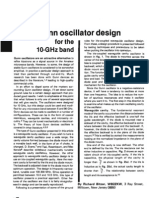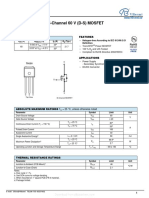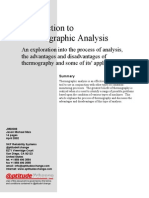0% found this document useful (0 votes)
355 views37 pagesSlide (1) Pr1 PS Protection-Overview
This document provides an overview of a course on protection of power systems. It discusses why power systems need protection to reduce equipment damage, power interruptions, and maintain stability. It then lists some common causes of power system faults like underground cables, transformers, lightning, tree contact, and weather. The document outlines the basic components and functions of a protective switchgear system, including relays, circuit breakers, and overlapping protection zones to ensure complete coverage without dead spots.
Uploaded by
MoHaMMeD HaLaByCopyright
© © All Rights Reserved
We take content rights seriously. If you suspect this is your content, claim it here.
Available Formats
Download as PDF, TXT or read online on Scribd
0% found this document useful (0 votes)
355 views37 pagesSlide (1) Pr1 PS Protection-Overview
This document provides an overview of a course on protection of power systems. It discusses why power systems need protection to reduce equipment damage, power interruptions, and maintain stability. It then lists some common causes of power system faults like underground cables, transformers, lightning, tree contact, and weather. The document outlines the basic components and functions of a protective switchgear system, including relays, circuit breakers, and overlapping protection zones to ensure complete coverage without dead spots.
Uploaded by
MoHaMMeD HaLaByCopyright
© © All Rights Reserved
We take content rights seriously. If you suspect this is your content, claim it here.
Available Formats
Download as PDF, TXT or read online on Scribd
/ 37

























































































